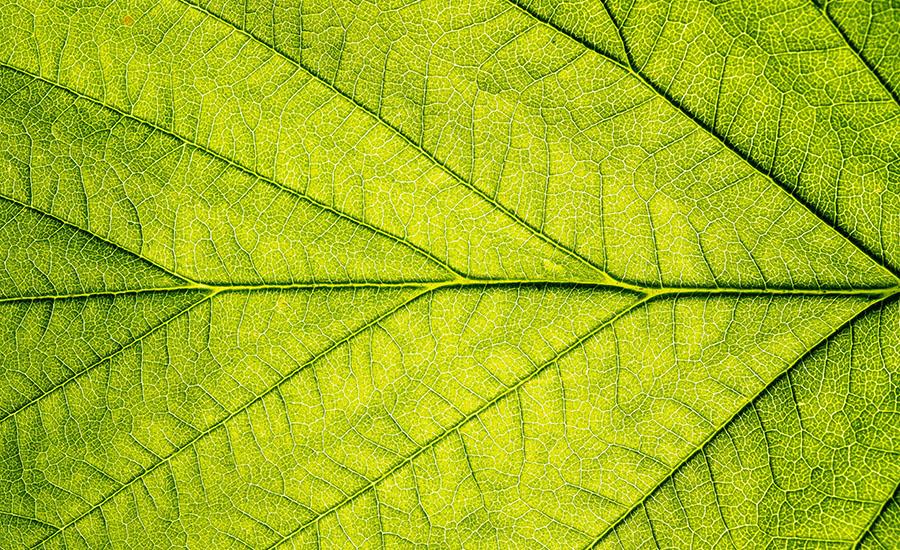
Biomimicry and Conserving Desert Resources Part 1
by Scott Milne
In this lesson, students will learn about desert plant and animal adaptations and the concept of biomimicry. Students will discuss examples of biomimicry in nature and in the real world and will explore reasons why and how society can mimic biological strategies to address needs. Students will work in groups or with partners to research a desert species and observe the form and function of specific structures in that species that have developed over the course of evolution to solve problems with conditions in desert ecosystems. Students will then design and sketch a real-world replacement of all or part of the species they chose using the principles of biomimicry.
Lesson Plan Link/URL
https://docs.google.com/presentation/d/1UKfnYRchHn8bWZzt0NlCIyqwEWvx22y4/edit?u…Related Content

Grades:
3rd Grade, 4th Grade, 5th Grade, 6th Grade, 7th Grade, 8th Grade, 9th Grade, 10th Grade, 11th Grade, 12th Grade
In this engaging lesson, students explore how size, strength, weight and time constraints can impact space transportation. There are a variety of resources included with this lesson.

Grades:
3rd Grade, 4th Grade, 5th Grade, 6th Grade, 7th Grade, 8th Grade, 9th Grade, 10th Grade, 11th Grade, 12th Grade
In this hands-on lesson, students use the engineering design process (EDP) to create a prototype of a device that can prevent squirrels from accessing a bird feeder. This is a great way to integrate

Grades:
9th Grade, 10th Grade, 11th Grade, 12th Grade
Using the Introduction to Hydroponics lab, introduce students to the features of the Hydroponic Systems. Students will explore the different types of grow mediums and grow lights used in the systems

